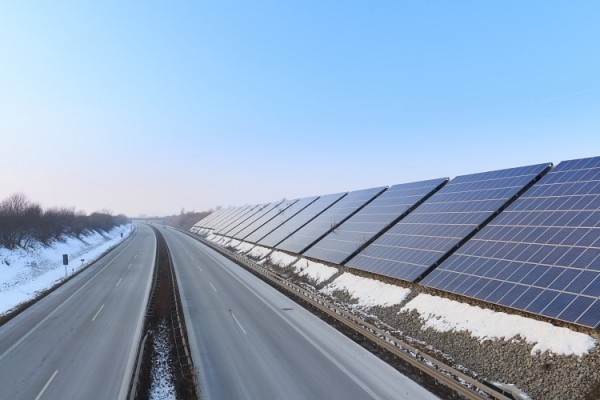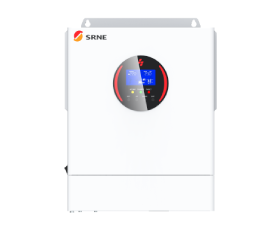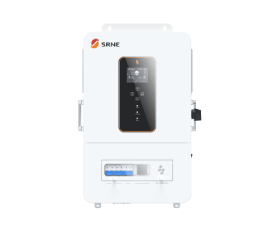The Development Prospect of Photovoltaic Highway and Railway in China
As the photovoltaic power generation is safe, flexible and easy to integrate, we can fully use plenty of space resources of highway and railway transportation system. Through the integrated application, clean power is supplied to the transportation system without increasing the use of additional land resources, thus realizing the energy conservation and emission reduction.
This article assesses the potential for exploitable photovoltaic power generation contained in China's highway and railway transportation, proposes technical indicators for the self-consistent rate of electricity consumption in the transportation system, and looks forward to the development prospects of photovoltaic roads and photovoltaic railways in China.

The photovoltaic power generation potential of China’s highway
The exploitable photovoltaic power generation potential capacity of China’s highway is 1022.8 TWh. In the highway transportation system, the highway occupied area, road shoulder, ramp, the service area building roof and bridge isolation strip are all available space resources for the integration of photovoltaic power generation. Those generated electricity can be supplied to the bridge lighting and ventilation system and and service area facilities.
The photovoltaic power generation potential of China’s railway
The exploitable photovoltaic power generation potential capacity of China’s railway is 239.6 TWh. In the railway transportation network, the space along the railway, the large platform roofing, and the train roof are all available space resources for the integration of photovoltaic power generation. Those generated electricity can be supplied to the electrified railways and site service facilities.
The space resources of highways and railways are available for constructing photovoltaic power generation systems. Those systems can not only provide clean power for highways and railways, but also reduce the dependence of the transportation system on the external power grid, which realizes the integration of power supply, distribution and usage in the transportation system.
The integrated application of photovoltaic highway and railway
For the purpose of evaluating the potential of photovoltaic power system application in highway and railway system, this paper proposes a technical indicator of the self-consistent rate of electricity consumption in the transportation system.
It is estimated that by 2030, the annual electricity consumption of China's highways and railways will increase to 82.6 TWh and 191.9 TWh. For the photovoltaic highway application, under the condition that the highway photovoltaic utilization rate is 1%, 3%, and 5%, the annual electricity self-consistent rate of the highway transportation system are supposed to be 12.4%, 37.2%, and 61.9%. The carbon dioxide emission reductions will exceed 10,000 tons. As for the photovoltaic railway application, under the condition that the railway photovoltaic utilization rate is 1%, 3%, and 5%, the annual electricity self-consistent rate of the railway transportation system are supposed to be 12.4%, 37.2%, and 61.9%. The carbon dioxide emission reductions will exceed 12,000 tons.
The conclusion
There are many advantages of integration of photovoltaic power system with highway and railway transportation systems in China. First, the transportation system's own space is made full use to generate clean power for the transportation system, which avoids the wasting of the space resources. Second, those photovoltaic power systems not only reduce the grid power consumption of the transportation system, but also reduce the carbon emissions. The last but not least, the integration of photovoltaic power system with highway and railway will greatly promote the sustainable and green development of the transportation system in China.






























































































